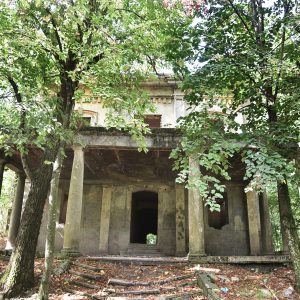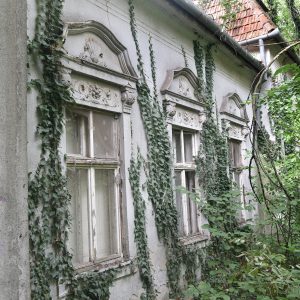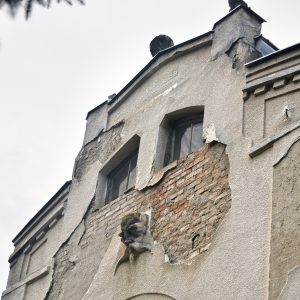… if not all of them, then at least, let’s get to know some of them
The Color Media Communications team has visited all castles in Serbia that are protected as cultural assets and several more. Which 25 or more castles will be renovated in the first round will be revealed soon by the joint commission of the culture ministries of Serbia and France.
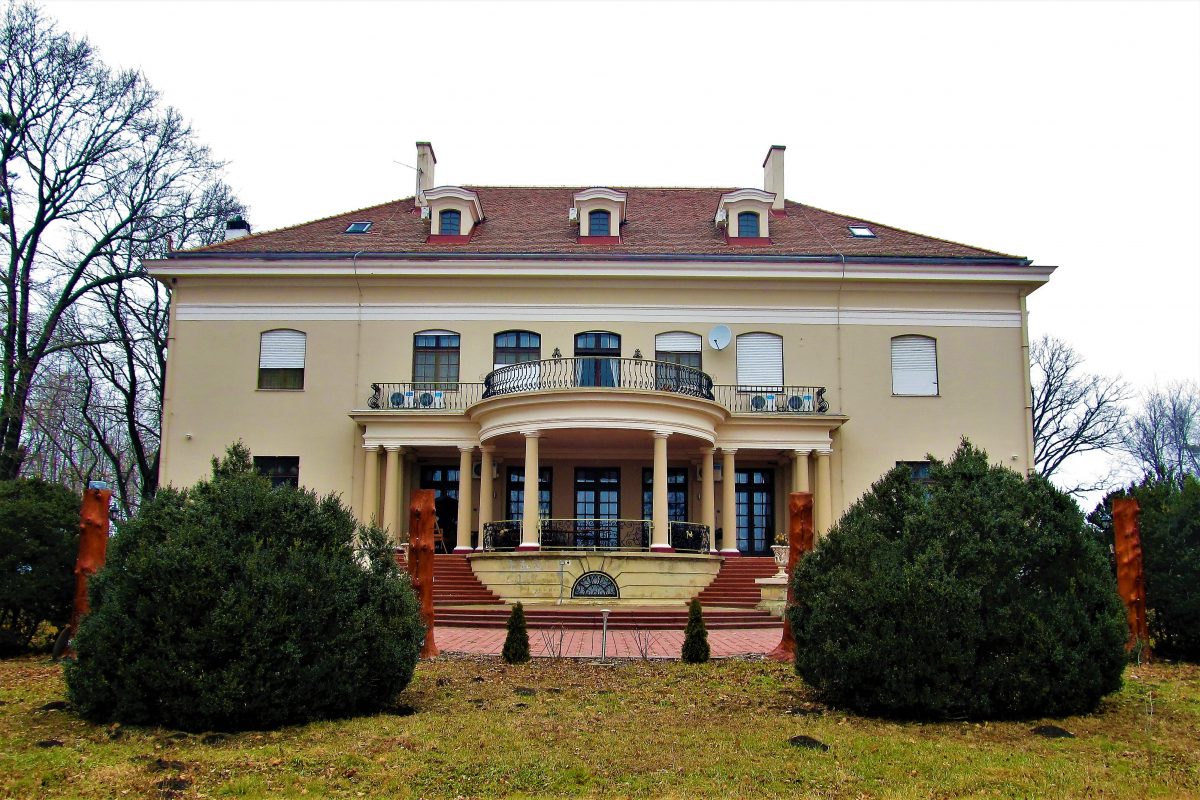
But the greatest treasure we discovered is the knowledge that all these castles and villas exist. And that they are mostly in a bad condition. Decades-long systemic negligence, especially during socialism, destroyed them, due to a contemptuous attitude towards the aristocracy and the rich, and as a result, towards castles and palaces. During the brutal transition period, the nouveau riche were preoccupied with amassing wealth, devoid of culture and desire to preserve anything that came before them, contributed to the further neglect of castles and palaces in Serbia. Here are some of the gems.
NEUHAUSEN, SRPSKA CRNJA
Neuhausen Castle in Srpska Crnja is located right next to the main road leading to Romania, close to the border crossing. It is surrounded by a park on the former estate of Count Čekonjić, and is located near the Julija grange. The castle was built by a German intelligence officer and genera, Franz Neuhausen, to whom the castle was supposed to serve as a summer house for rest and hunting. This is the only castle in the Banat area that was built during the Second World War, in the period from 1941 to 1943, for the needs of a high-ranking officer of the German occupation army, and the last in a series of castles in Vojvodina, which were built in the period from the 18th to the beginning of World War II. Some say that Hermann Goering was the real owner of the castle, who was also a lover of hunting and art. The unknown architect obviously knew how to build palaces, since this one is utterly beautiful. Probably, like me, you crossed the border crossing with Romania many times, without knowing that there is a castle there. It seems that Neuhausen will be the “lucky winner” and will be one of the 25 that will be “brought to their original purpose”.
“There are also successful stories like that of Kaštel Lazar in Ečka but they are few and far between. Hopefully, we are going to hear more uplifting stories about Serbian castles and stately homes, i.e. until the last castle in Serbia stands proud”
FRITZ-HRISTIĆ CASTLE, BAČKO NOVO SELO
Fritz-Hristić Castle paints a sad picture. It is located in Bačko Novo Selo, in the municipality of Bač, on the Danube bank. The village has been devastated and flooded several times. Bačko Novo Selo, or formerly called German Neudorf (Neudosrf), was inhabited by Bosnian Muslims – colonists after the Second World War. In Hungarian, it is called Bácsújlak or Bački Ilok.
Fritz-Hristić Castle was built in 1900 by two families – Hristić and Fric – and is located on the corner of Josif Pančić and Vuk Karadžić streets in Bačko Novo Selo. At the turn of the two centuries, they erected a magnificent castle building, as a representative house for living. One part of the castle belonged to the Fritz family, who was of Jewish origin, and the other part to the Hristić family from Bačka Palanka, who was Serbian. Until recently, this building housed an elementary school. Also, one of the rooms was used by the Islamic community. Today, the castle is abandoned, the windows are broken, and the carpentry is rotten. The roof collapsed in some places and complete devastation looms over the building. Magazines “Prayer in Pictures” and “Islam” from 2012, which were used by the Islamic Community in religious schools, are still laying on the windows of the devastated castle. A 2012 calendar hangs on the wall of this locked villa. The Islamic Community probably moved out of the castle that year and the castle seems to be collapsing instead of standing proud and generating profit.
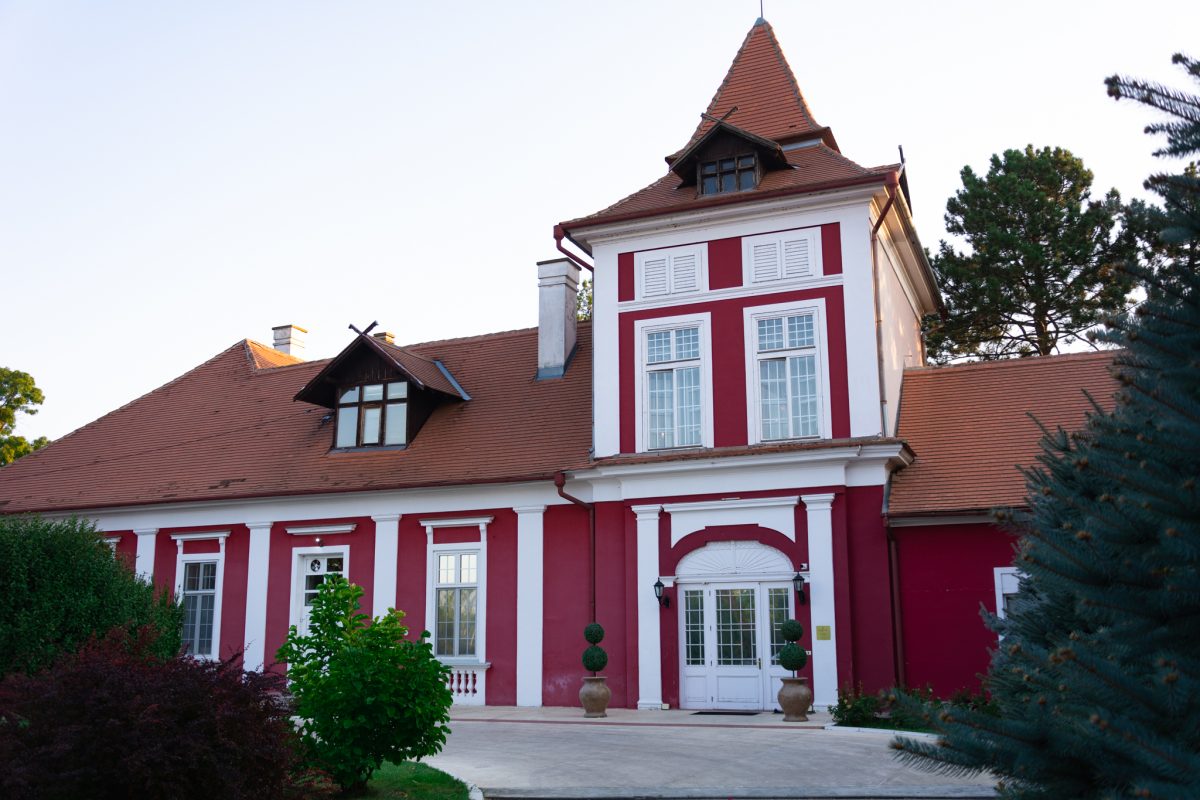
MARCZIBÁNYI-LEDERER CASTLE, ČOKA
Čoka was a northern Banat wasteland until 1781 when it was liberated from the Ottomans and then bought by Lörincz Marczibányi for a large sum of 95,500 forints. The following year, Marczibányi colonized Hungarian serfs to work on his property. Five years later, he also brought Slovaks. Marczibányi never finished building the castle. This was done by the next owner, Károly Schwab or Sváb, almost a century later, in 1870. The castle was almost lost after the extinction of the Marczibányi family line due to no sons being born into it, and in the meantime, the property was bought by Agoston Berber and brewers. In the late 19th century, the estate changed owners again – the new owners, Arthur and Károly Léderer, were some of the wealthiest Jewish landlords here. They also set up a farm. The castle and the administration building were the driving force behind the development of the surrounding towns, villages, estates and lands and generated strong economic progress. The estate remained in the hands of the Léderer family until the Second World War, when Banat district came under the rule of Nedić-ruled Serbia, a puppet state of the Nazis, where Banat was an autonomous province in which the Volksdeutscher had all the power. During the Second World War, Hermann Goering occupied the castle. Today it is left to decay.
GOMBOS CASTLE, BEČEJ
Two kilometres away from the popular Fantast Castle, near Topolski Road, in the middle of a fertile plain, abandoned and left to the ravages of time, stands a summer house built by the old family of aristocrats, the Gombos family. It is drowning in ivy which also blocks the entrance to the castle. Huge cobwebs have enveloped the estate. Nearby is a fountain in the shape of a bust of a young woman surrounded by a once magnificent park. The owner of the estate, Dözsö Gombos, a lawyer, and his wife Zsuzsana left the castle in 1944 when they moved to Budapest. The Gombos family originally comes from Hungary and their first mention dates back to 1312. The new government used their castle as a home for the elderly for ten years. It was later taken over by the Bečej agricultural combine (PIK Bečej), which used it as its business premises. Even today, it is possible to find leaflets advertising the Novi Sad Agricultural Fair from 2002 in the yard, and folders, binders and old documents related to agricultural business, as well as torn plywood shelves are scattered in the castle. In one of the rooms, we found a calendar from 2012, which says that maybe the castle was inhabited until then. Today, you have to have the skills of Indiana Jones to even get to it.
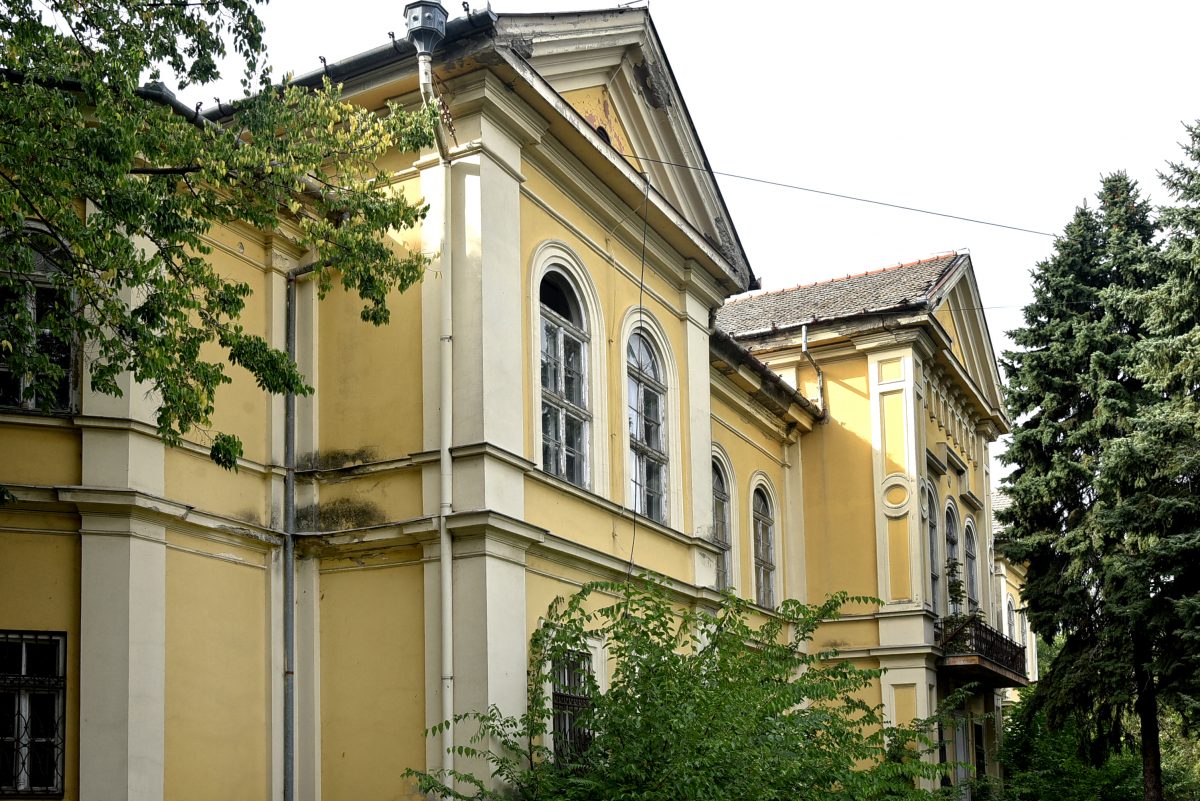
ENGELMANN CASTLE, POBEDA
The situation is even worse with Engelmann Castle, located near the village of Pobeda, not far from Bečej. This summer house was built by the large Engelmann family in the early 20th century, who was the founder of the Pobeda village. The Engelmanns owned a large land complex on which they did agriculture and grew vines. The most powerful of the feudal lords, Jenő Engelmann, owned 2,000 acres of land, where he intended to build a summer house for his family. The castle was built around 1910. During the socialist revolution that took place in 1919 in Europe, the castle suffered damage. Lowly serfs, veterans returning from the war and other citizens looted the castle. However, subsequently, everything was returned to the Engelmann family. The landlord suffered a real blow when the new government of the Kingdom of Serbs, Croats and Slovenes confiscated his estate. Slowly, over the years, everything around the castle was destroyed. A group of citizens from Svetićevo tried to renovate the facility, but the windows, doors and other building materials for the renovation were stolen. Before the Engelmann family left the property, the head of the family allegedly buried the family treasure and carved the date of their departure in the tree in the garden. According to the locals, in the 1970s, gold was found on or near the Engelmann estate when the neighbouring water tank was extended and again by a farmer, ploughing his land. The castle’s roof is collapsed and overgrown in plants. It is usually frequented by youth who drink and hang out here judging by the amount of rubbish left behind and the graffiti sprayed on the castle’s walls.
AND A FEW MORE…
A descendant of Duke Živojin Mišić, Dr Jasmina Mišić, lives in the Tucović Villa in the town of Valjevo. She says that, although back in the day of socialism, her family was called „reactionaries”, their property was returned to them due to Duke Mišić’s extraordinary service as a Serbian army general and the role he played in the liberation of Serbia in 1918. However, the family did not have the money for renovation, and no government, after 1990, expressed any interest in providing the needed funds. The white art-deco beauty, which facade is collapsing, is waiting for better days. Still, it is a sight for sore eyes. Particularly striking are the motifs of the heads on the facades, especially one of a bald man with a long moustache, probably an epic fiddle singer or a folk insurgent, which is seen along the facade and is located above the entrance, as the central decoration. Another beautiful stately home, the Čomić Villa, located in Šumarice in Kragujevac, is literally collapsing. For decades, the authorities have been unable to agree whether they should turn the villa into a cultural centre or not.
“Neuhausen Castle in Srpska Crnja is located right next to the main road leading to Romania, close to the border crossing”
In the middle of Šumadija, you will suddenly encounter a large castle that is abandoned and decaying. Except for the inscription Karadjordjev Dom (The Karadjordje Home), there is nothing that tells you what this magnificent building is and why it was built. It is located in Rača Kragujevačka and it strongly resembles a real castle found in Western countries. This house too is falling apart – it is abandoned and dilapidated with many of its windows broken. Visitors are banned from entering the house, but some of the doors are broken, so it is practically possible to do so (in some parts of the building), even though the building is locked.
And there are many such stories… There are also successful stories like that of Kaštel Lazar in Ečka but they are few and far between. Hopefully, step by step, we are going to hear more uplifting stories about Serbian castles and stately homes, i.e. until every castle in Serbia stands proud.
